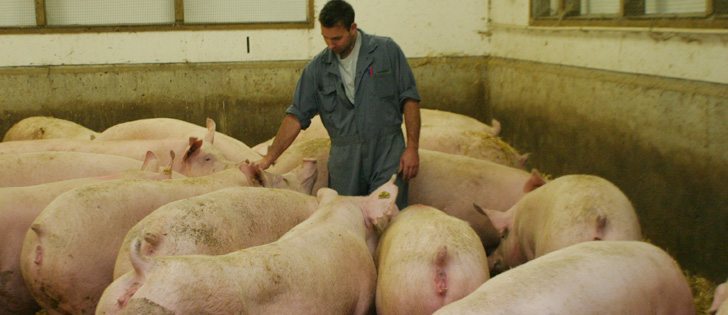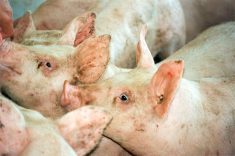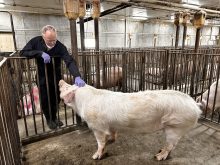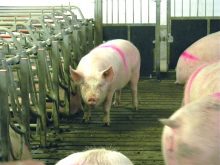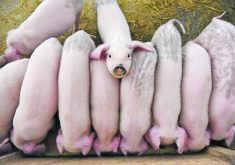Consumer concern may continue to climb
Is the hog industry over-reacting when it embraces the goal of eliminating sow stalls by 2025?
Some producers at the Manitoba Pork Council annual meeting certainly thought so as they urged the council to fight to keep the issue in producers’ hands.
“We have to make sure that we don’t get legislated or regulated into doing things that we may want to leave later but can’t,” said producer Dan Klippenstein.
“It should be a voluntary thing.”
Klippenstein said he has heard that only four percent of consumers care much about animal handling issues, while 96 percent care mostly about price and quality.
Read Also

Beef cattle more prone to trace mineral deficiencies
The trace mineral status of our cows and calves is a significant challenge for western Canadian producers and veterinarians.
“Maybe the situation is that we’re looking at the wrong customer,” said Klippenstein. “We’re looking at the four percent.”
However, Curtis Brown of Probe Research, which has surveyed the public about its perceptions of hog farmers and pig farming, said the issue isn’t the size of the concern now but how that concern could grow in coming years.
“They may be four percent today, but that’s growing, that’s a growing trend that’s going to be eight percent tomorrow or 12 percent in the future, and then that 96 percent ends up falling off,” said Brown.
“That’s going to make it difficult.”
The drive to end sow stalls is not just top priority among animal welfare advocates.
It has also been embraced by food processors and hog packers, who have said they will only accept pigs in the future that are raised in open housing barns.
In Europe, sow stalls are being phased out.
Research at the University of Manitoba, in Minnesota and in Europe has generally found that open housing of sows using electronic feeders can be done as cheaply as in stall barn systems, and the construction costs of a barn with open housing is about the same as for a stall barn.
Hutterite colonies in Manitoba and the Dakotas have already built open housing barns, with generally good results, their representatives say. They don’t expect new Hutterite hog barn to use sow stalls.
The pork council has adopted a voluntary phase-out of stall barns by 2025, which effectively ends stall barn construction now because the life of a new barn needs to be 20 to 30 years to cover construction costs.
Most university research has shown open housing of pregnant sows to be viable and cost effective, and some commercial hog producers are having good results.


